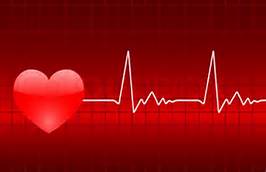Do MI Women Commonly Present with Atypical Symptoms?
Do MI Women Commonly Present with Atypical Symptoms? Not really, according to a prospective study in Scotland. The study included 1941 patients (39% women) with suspected acute coronary syndrome. Standardized criteria defined typical and atypical presentations based on pain nature, location, radiation, and additional symptoms. Diagnosis of myocardial infarction (MI) […]
